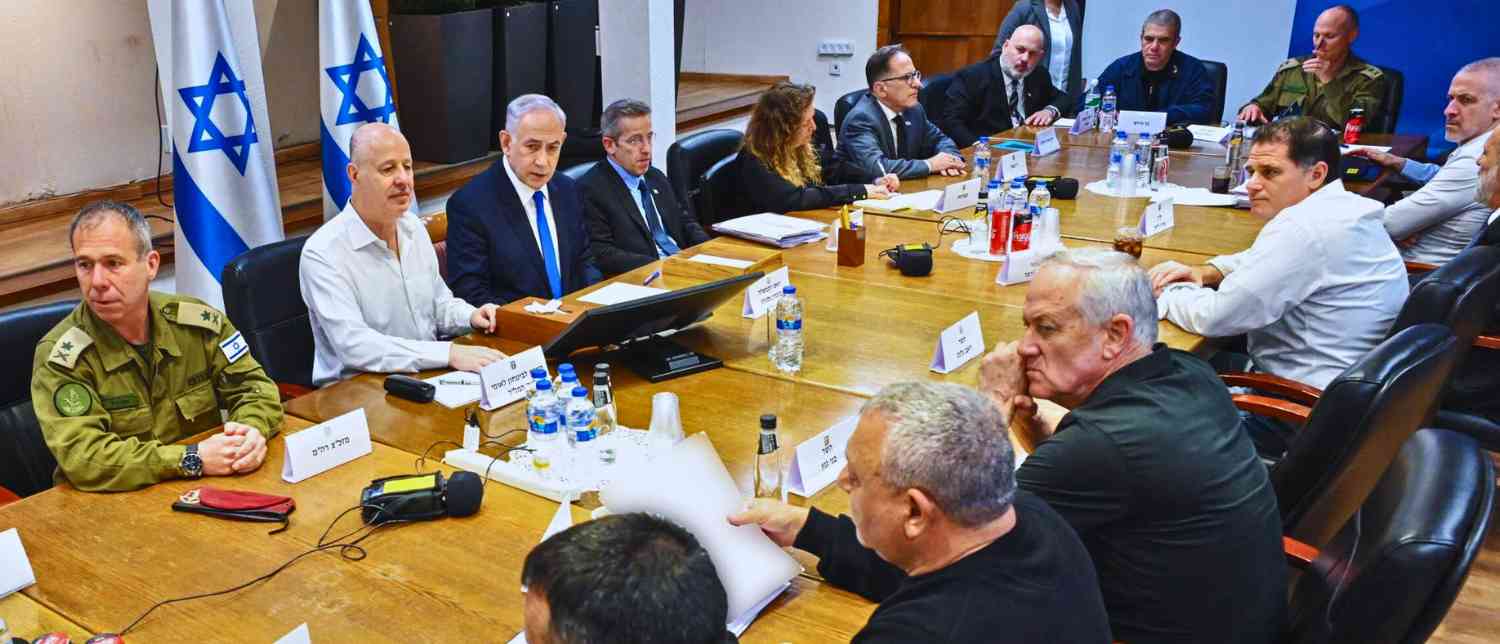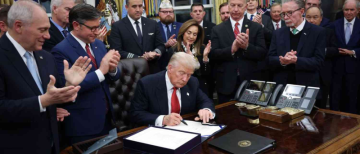Israel has taken a notable step towards ending one of the most distressing chapters of its ongoing conflict with Hamas, as the Israeli Cabinet approved what officials are calling an “outline” for a potential deal to secure the release of hostages held in Gaza. This development comes after weeks of diplomatic efforts, rising public pressure, and cautious optimism among families of the captives. But does this approval mean that hostages could finally be heading home soon?
What the “Outline” Deal Means
The Israeli Cabinet reportedly met late on Thursday night and voted in favour of a proposal that aims to establish the terms for a broader agreement with Hamas. Although full details remain confidential, the outline is believed to cover several key areas: the phased release of hostages, a temporary cessation of military activities in Gaza, and the possibility of increased humanitarian aid entering the region.
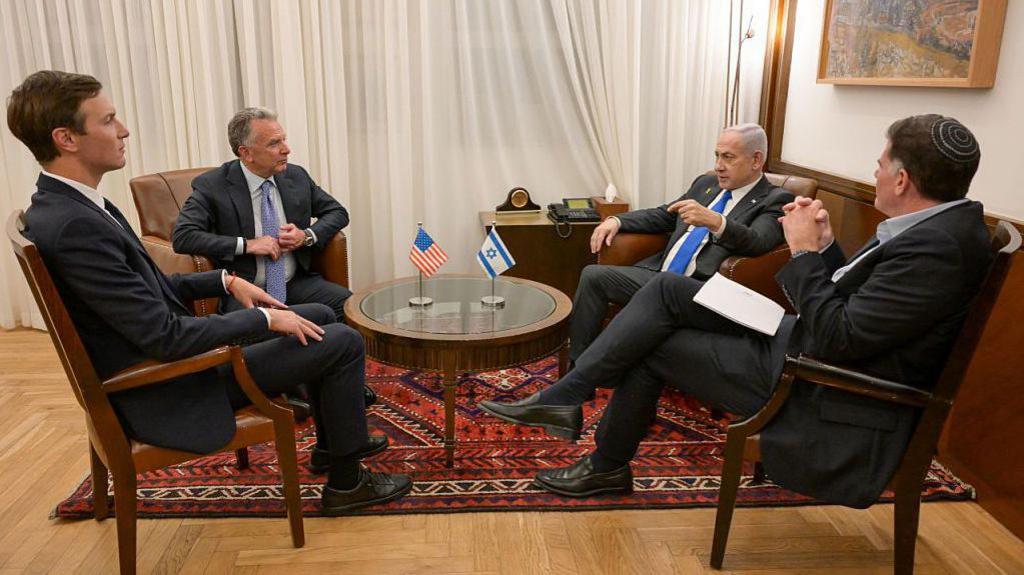
An “outline” is not the final deal but a framework — a set of agreed principles meant to guide further talks. This distinction matters. It means that while Israel’s leaders have signalled approval for negotiations to progress, the actual release of hostages still depends on how Hamas and mediators respond to the terms put on the table. For now, the government’s approval has at least created hope that movement may come soon on one of the war’s most painful issues.
The Background: Months of Pain and Pressure
Since the escalation of the Gaza conflict, dozens of Israeli civilians and soldiers have been held captive by Hamas and affiliated groups. Their families have become a symbol of national grief and determination, setting up protest camps near government buildings and urging leaders not to delay any longer.
Public opinion in Israel has grown increasingly impatient. Polls suggest that most citizens now support a deal that would bring back the hostages, even if it means temporary concessions to Hamas. The Cabinet’s decision seems to reflect that growing sentiment — a rare moment of unity in an otherwise divided political landscape.
At the same time, Prime Minister Benjamin Netanyahu’s government faces criticism from both the right and the left. Hardliners fear the deal might embolden Hamas or reduce military pressure, while opposition figures insist that human life must take priority over politics.
International Involvement and Diplomatic Channels
Mediators from Qatar, Egypt, and the United States have been instrumental in pushing both sides toward compromise. The U.S. administration has publicly welcomed Israel's willingness to approve an outline, describing it as “an encouraging step toward securing the release of innocent people.”
_1760077726.jpg)
American and Qatari diplomats have reportedly been shuttling between Jerusalem, Doha, and Cairo for weeks, trying to bridge gaps between the parties. The main stumbling blocks so far have included the number of hostages to be released at each stage, the length of any ceasefire, and whether Hamas demands the withdrawal of Israeli forces from certain areas. If successful, this outline could pave the way for the first large-scale release since the short-lived truce deal earlier in the year, when a handful of hostages were freed in exchange for Palestinian prisoners.
The Humanitarian Angle
Beyond political calculations, the humanitarian situation in Gaza remains dire. Aid agencies continue to warn of worsening conditions, including severe shortages of food, water, and medical supplies. The proposed deal’s inclusion of humanitarian provisions — such as allowing more aid convoys to enter — could temporarily alleviate suffering among civilians.
For the families of the hostages, the issue is deeply personal. Many have gone months without knowing whether their loved ones are alive or safe. Emotional scenes from Tel Aviv and Jerusalem show relatives clutching photographs of missing family members, lighting candles, and appealing for action. To them, this outline is not about politics — it’s about bringing people home.
Challenges and Uncertainties Ahead
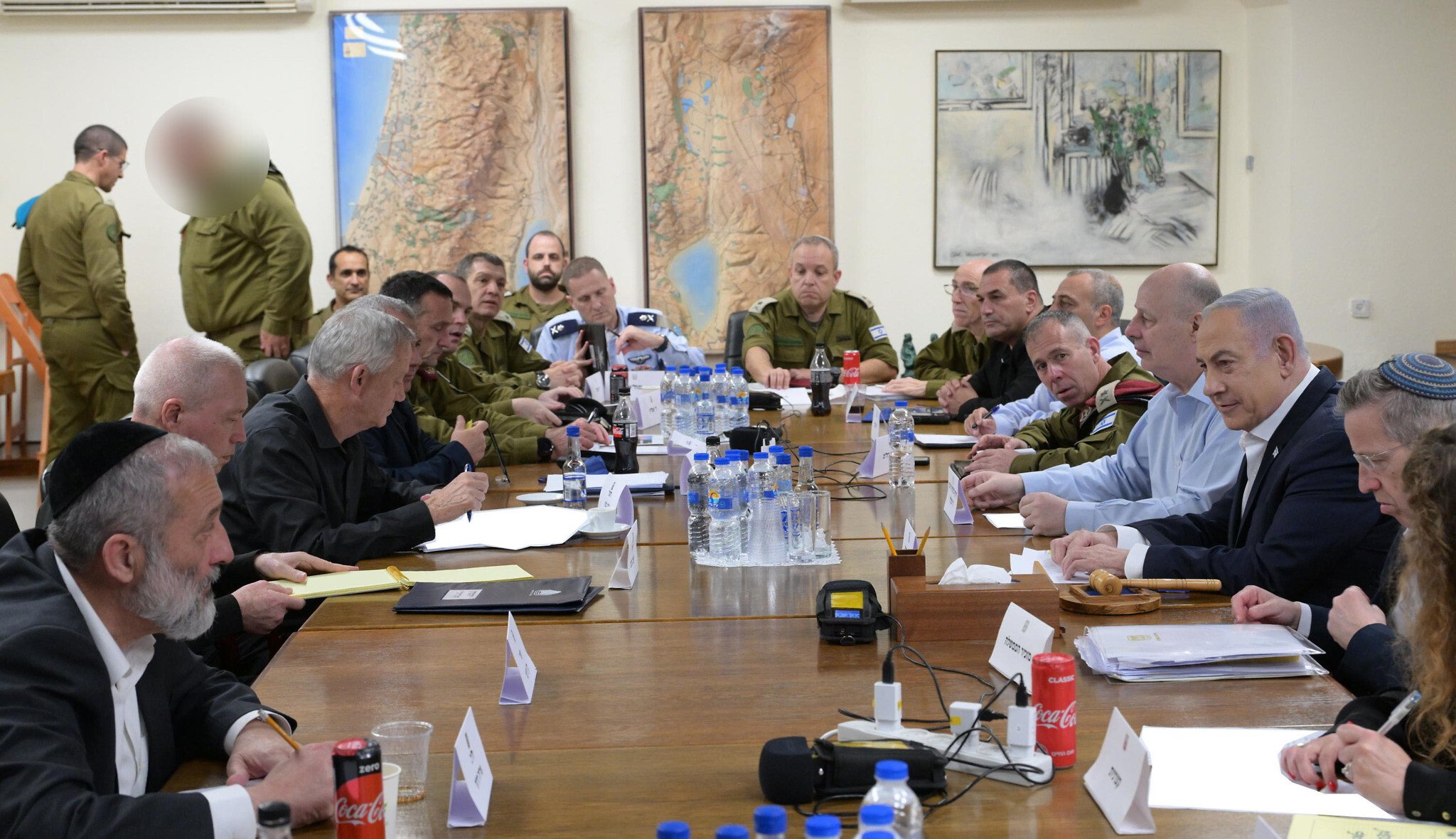
Despite the Cabinet’s approval, no one is declaring victory yet. The agreement still faces several potential roadblocks.
-
Hamas has not publicly accepted the terms and may seek additional guarantees.
-
Israeli military operations in Gaza continue, raising questions about how a temporary pause would be enforced.
-
Political divisions within Israel could complicate the implementation stage, particularly if extremists in the coalition oppose the concessions.
Some analysts warn that both sides may be using the outline strategically — Israel to show openness under international scrutiny, and Hamas to buy time amid battlefield pressures. However, diplomatic progress often advances through such incremental steps, and even a partial deal could signal a turning point after months of stalemate.
What This Could Mean for Peace
From a broader perspective, this outline, if turned into a binding agreement, might represent the beginning of a fragile but necessary dialogue. The focus on humanitarian cooperation and hostage release could serve as a foundation for renewed discussions about long-term peace, something that has remained elusive for decades.
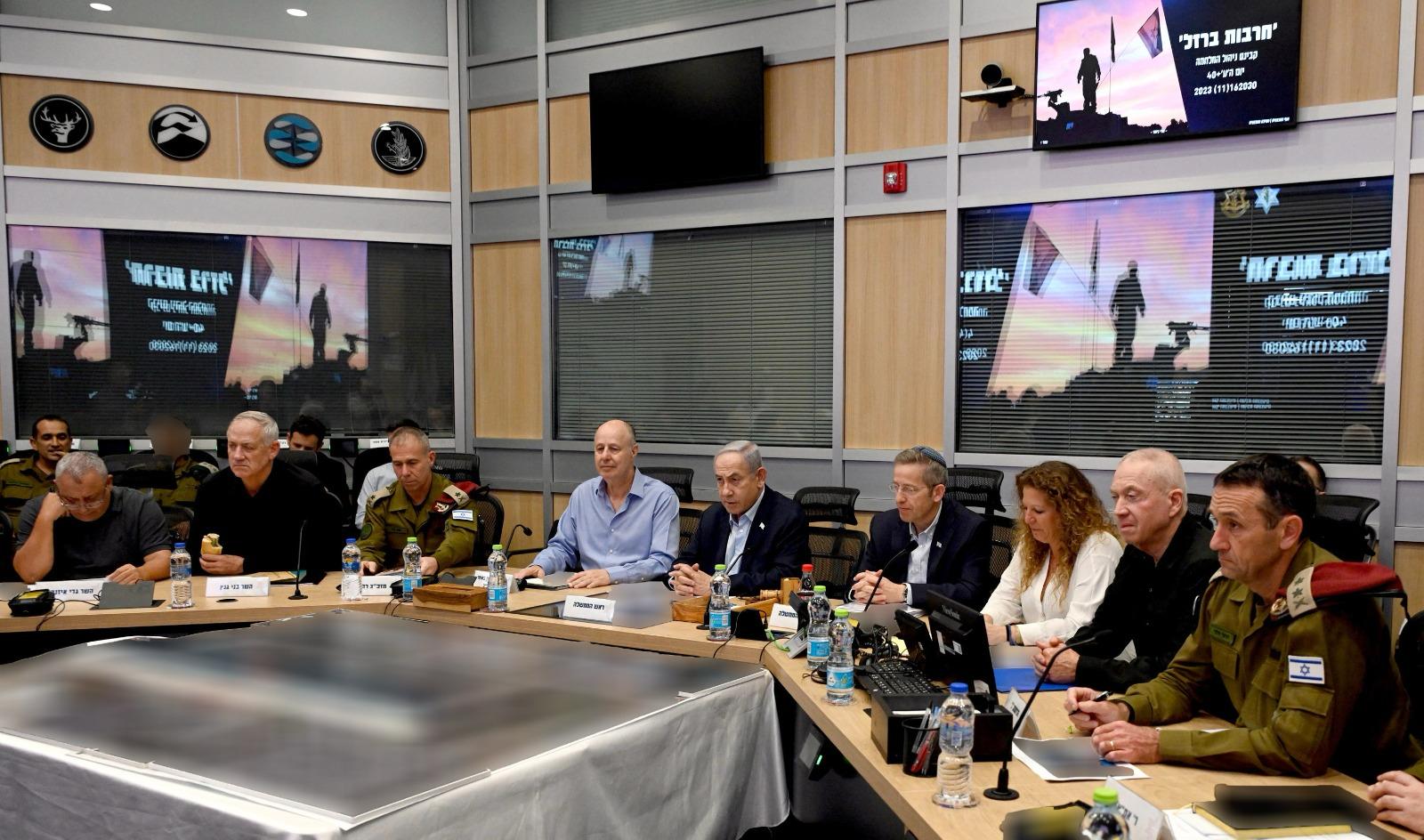
Still, the lesson from past negotiations is clear: optimism must be balanced with realism. The deep mistrust between Israel and Hamas, the regional politics of Iran and Hezbollah, and the domestic pressure on all sides make a comprehensive peace deal unlikely in the near term. Yet, the immediate goal — saving lives — might finally be within reach.
A Ray of Cautious Hope
As headlines spread across Israel and beyond, cautious optimism replaces despair, at least for now. The Cabinet’s approval sends a rare signal of alignment — among leaders, the military, and the public — around a humanitarian objective that transcends ideology.
Whether that unity can translate into actual results remains the critical question. For families waiting anxiously at home, every hour feels like a lifetime. But with this “outline” now on the table, it may mark the start of an end to one of the most painful chapters of the conflict.
With inputs from agencies
Image Source: Multiple agencies
© Copyright 2025. All Rights Reserved. Powered by Vygr Media.

